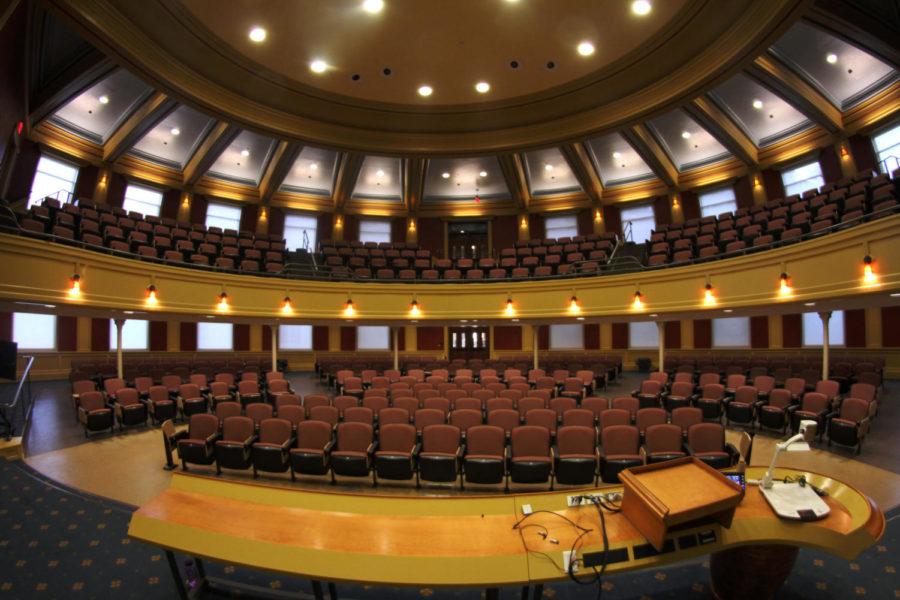Curtiss Hall renovations on track to receive LEED certification
September 3, 2013
Curtiss Hall’s new student services mall and Harl Commons are on the fast track to receive the a gold LEED certification.
The idea of Leadership in Energy and Environmental Design is to incorporate sustainability efforts within the design and construction of a building. Being LEED-certified means the building can be proven as a sustainable structure.
“Being able to pursue the opportunity of LEED for any of our buildings shows our commitment to sustainability and to consider the way we do business on a day to day basis,” said Merry Rankin, director of sustainability for Facilities Planning Management. “It’s a final testament to how dedicated we are.”
Each project can be put into a category, depending on the type of construction. For instance, Curtiss Hall underwent large renovations and, because of what was applicable for LEED registration, was put under the Commercial Interiors designation.
The renovations were the first Commercial Interiors projects at Iowa State.
LEED has a three-tier system for certification, based on how energy-efficient and green the project proved to be: silver, gold and platinum. Currently, Iowa State has one silver, two platinum and three gold certifications among its buildings.
The university also has six LEED-eligible projects, the Harl Commons. Three projects are in the planning and design stages. Out of those nine projects, six gold and three silver certifications for the university are anticipated.
And there are always new, interesting ways to make a building more environmentally friendly and efficient.
“As we walked by the [Curtiss Hall] project every day, we’d see different containers, each with a sign for different materials like wood or metal,” said David Acker, associate dean for the College of Agriculture and Life Sciences. “They wouldn’t just go to the landfill together — they’d go to separate recycling streams.”
Many of the LEED projects on campus, Curtiss Hall specifically, kept material purchases in-state. Qualifying for a LEED certification makes project managers think about where materials are coming from and the cost effectiveness associated with purchases. Therefore, keeping purchases local is less expensive and more beneficial in the surrounding area.
“It’s a part of our overall commitment to the Live Green! initiative — being as environmentally responsible as possible,” Rankin said. “[LEED] is a perfect, hands-on example for all Iowa State students of what saving resources and practicing sustainability can do for you.”
For all new construction, Iowa State is required to have a LEED silver certification by the state. The university aims for a LEED gold rating or higher, unless it’s not possible based on the characteristics of the building.
Facilities Planning Management is also hoping to release an energy dashboard within the next year, which will show the public how energy is being used in each building. The dashboard will feature energy consumption bimonthly. They plan to set up a protocol for recycling ceiling tile in their smaller projects, too.
“We’re able to do an awful lot without spending money just for the sake of getting credit [for one of the three ratings for LEED certifications],” said Kerry Dixon, a project manager for Facilities Planning and Management. “We’re doing it because it’s the right thing to do, not the fashionable thing to do. We want to walk the talk.”







